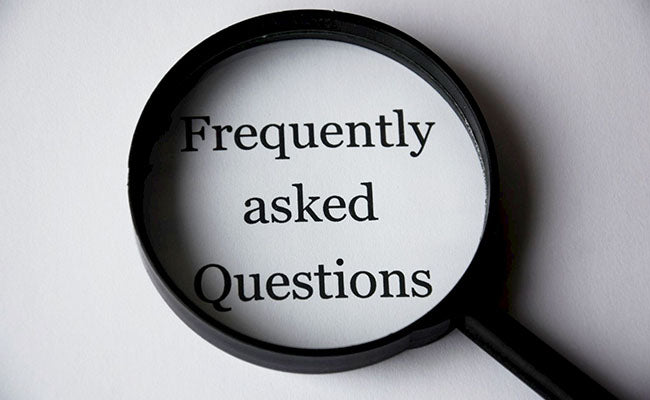Your Guide to Finding a Great Digital Frame Without the High Cost
Gone are the days of choosing a single photo to display in a static frame. Digital photo frames have revolutionized how we enjoy our memories, offering a rotating gallery of our favorite moments. But a common misconception is that this modern convenience comes with a hefty price tag. The good news? Finding a high-quality, cheap digital frame is entirely possible. This guide will walk you through everything you need to know about the cost of electronic photo frames and how to find the best value for your needs.
Demystifying Digital Photo Frame Costs
So, how much does a digital photo frame actually cost? The answer isn't a single number, as the price spectrum is broad. You can find basic models starting as low as $30 to $50, while premium frames with large, high-resolution screens and advanced connectivity can reach $250 or more. The key is to understand what factors influence the price and where you can comfortably compromise to find a low-cost digital photo frame that doesn't feel cheap.
The core factors affecting cost are screen size and quality, connectivity options, and additional features. A smaller frame (7-8 inches) with standard resolution will always be the most budget-friendly entry point. Stepping up to a larger screen (10-15 inches) with Full HD or 4K resolution will command a higher price. Similarly, frames with Wi-Fi that can pull photos from the cloud or social media directly are typically more expensive than those that rely solely on an SD card or USB stick.
What to Look for in a Cheap Digital Frame
Finding a great deal isn't just about the lowest price; it's about getting the most value. When searching for a cheap digital frame for pictures, prioritize these aspects to ensure you get a product you'll be happy with for years to come.
First, focus on resolution. A sharp image is crucial for enjoyment. For an 8-inch frame, aim for at least 800x600 resolution. For a 10-inch frame, 1280x800 is a good standard. Avoid frames that list a resolution like "480p" for larger screens, as the images will appear pixelated and blurry.
Next, consider the aspect ratio. Most smartphone photos are taken in a 4:3 ratio, while others might be 16:9. Ensure the frame's screen matches the ratio of your primary photos to avoid unsightly black bars cropping or stretching your images.
Finally, check the supported file formats. Most frames handle standard JPG files, but if you take a lot of photos in RAW or HEIC formats, you'll need to confirm compatibility or be prepared to convert your files.
My Hunt for the Perfect Budget Frame
I recently went through this process myself, looking for a frame for my grandmother. Her main requirement was simplicity. I didn't need a frame with email connectivity or apps; I just needed something reliable that could display a slideshow of crisp, clear photos. After extensive research, I settled on a 10-inch frame from a lesser-known brand that had overwhelmingly positive reviews specifically praising its ease of use.
It cost me just under $60. It doesn't have Wi-Fi, but it has a built-in SD card slot. Once a month, I visit her, take the card, load new photos onto it from my laptop, and pop it back in. The frame automatically starts the slideshow. For her, this simple, low-cost electronic photo frame was the perfect solution. It removed the complexity she feared and delivered exactly what she wanted: a constant stream of happy family memories. This experience taught me that the "best" frame isn't the one with the most features, but the one that best suits the user's lifestyle.
Maximizing Value: Features vs. Price
To get the best electronic photo frame cost-to-value ratio, be honest about which features you'll truly use. Wi-Fi connectivity is fantastic for tech-savvy users who want to send photos remotely or link to cloud albums. However, if you're giving a frame to someone less comfortable with technology, this feature can become a source of frustration rather than joy. A simple frame using physical media might be a smarter, cheaper, and more reliable choice.
Other features like touchscreens, motion sensors that turn the frame off when no one is in the room, and built-in speakers for video playback are nice to have but will add to the cost. If your primary goal is displaying photos, you can often skip these extras and save a significant amount.
Where to Find the Best Deals
Beyond knowing what to look for, knowing where to look is half the battle. Major online retailers like Amazon and Walmart offer a huge range of options and frequent discounts, especially during holiday sales events. Always make it a habit to read through recent customer reviews. They are an invaluable resource for gauging real-world performance, image quality, and reliability, which can often differ from the product description.
Don't overlook refurbished or open-box models from reputable manufacturers. These can offer substantial savings on higher-end models that might otherwise be outside your budget, and they often come with the same warranty as a new product.
Smart Shopping for Lasting Memories
Investing in a digital photo frame is an investment in joy, allowing you to relive your cherished memories every day. By understanding the market, prioritizing the features that matter most to you, and shopping wisely, you can absolutely find a cheap digital frame that feels anything but. You can enjoy a brilliant, dynamic display of your life's best moments without putting a dent in your wallet. The perfect frame for your needs and budget is out there, waiting to be filled with your pictures.




